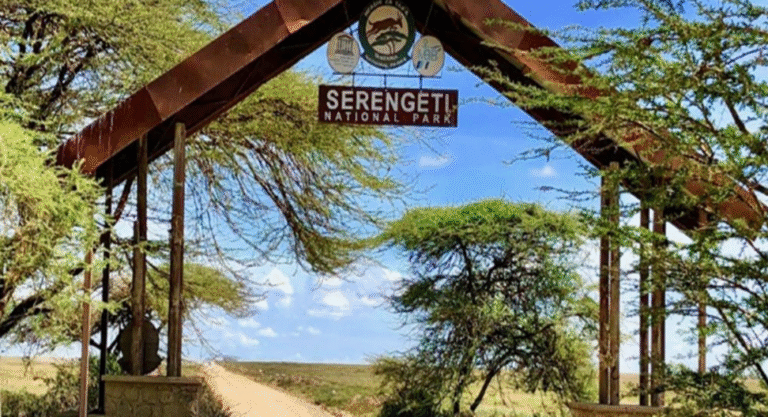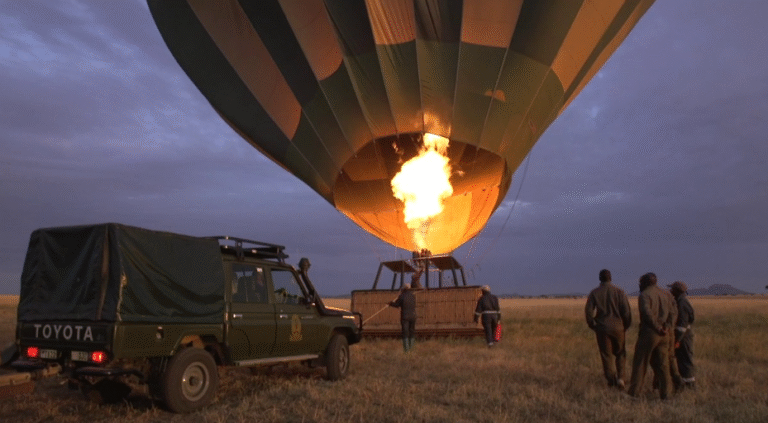
Hiking in remote areas can be a captivating experience. However, it also presents unique obstacles. Proper planning is necessary for a safe and pleasing trip. Think about these important things before you leave.
1. Research the Area
Before you go hiking in remote areas, First, take time to learn about the place. Next, look for information about trails, weather, and wildlife. Moreover, maps and guidebooks can provide useful information. Websites and forums can also provide guidance from fellow hikers. By doing this, you will know what to expect, therefore you can plan better.

2. Check Weather Conditions
Weather can change quickly when hiking in remote areas. Always check the forecast before you leave. Watch for temperature changes and storms. Pack the right gear to stay dry and warm. If the weather looks bad, think about waiting for another day to hike.

3. Inform Someone of Your Plans
Always tell someone your hiking plans. Let them know where you are going and when you’ll be back. If you don’t come back on time, they can call for help. It’s also smart to have a backup plan in case of an emergency while hiking in remote areas.

4. Know Your Limits
Know your body’s limits. Pick trails that fit your fitness level. Don’t push yourself too hard, as this can cause injuries. It’s okay to turn around if the trail gets too hard. Listen to your body and stop if you need to.

5. Carry the Right Gear
It’s important to pack the right things when hiking in remote areas. Carry a strong backpack, a map, and a compass. A first aid kit can save lives in an emergency while hiking in remote areas. Pack plenty of water and snacks. Wear clothes in layers so you can stay comfortable if the weather changes.

6. Stay on marked Trails
Stay on marked trails to help protect nature. It also helps you avoid getting lost. Going off-trail can hurt plants and animals. Follow signs and indicators to stay on the track. Be kind to nature and leave it as you found it.

7. Be Aware of Wildlife
Hiking in remote areas means you may encounter wildlife. Bears, snakes, and other animals can be dangerous. Learn how to react during wildlife encounters. Keep food secured to avoid attracting animals.

8. Practice Navigation Skills
Navigating when hiking in remote areas can be challenging. Familiarize yourself with using a map and compass. GPS devices are helpful but can fail. Always have a backup navigation method. Practice your skills before hitting the trail.

9. Prepare for Emergencies
Being ready for an emergency is essential. First of all, pack a whistle to call for assistance. Additionally, a flashlight is helpful when it’s dark. Also, carry a multi-tool to address different scenarios. Learning basic first aid can be helpful.

10. Stay Hydrated and Fueled
Hydration is serious when hiking in remote areas. Carry enough water for the hike. Use a water filter or purifying tablet to clean the water. Carry high-energy snacks such as almonds, energy bars, and dried fruits. Eating consistently will keep your energy levels up.

11. Leave No Trace Principles
To begin with, keep nature clean by following Leave No Trace. Next, take your trash and leftover food with you. Also stay on the trail and don’t pick plants. Moreover be kind to nature and other hikers. In this way, the outdoors remains safe and beautiful for everyone.

12. Be Mindful of Altitude
When climbing high, watch for altitude sickness. Symptoms include nausea, headaches, and tiredness. Go slowly so your body can adjust. Stay hydrated and take breaks as needed.

13. Know the Right Time to Hike
Timing is important when hiking in distant locations. First of all, choose the appropriate season for your hike. For example, some trails may be closed during the winter or wet season. Furthermore early mornings are frequently preferable for cooler temps. Finally, plan your hike so that you return before dusk.
14. Enjoy the Experience

Hiking in remote areas provides unique sensations. Take time to appreciate the environment and wildlife around you. Take images and create memories. Hiking helps you feel calm and relaxed, away from daily stress.
Hiking in the remote areas can be fun. However, you need to plan well and get ready. First check the weather, then pack the right things, and stay safe. Additionally, always care for nature. With good planning and preparation, you’ll have a great hiking trip. Finally, enjoy the outdoors and have fun!
FAQ’s
What should I research before hikingin remote areas?
How do I prepare for changing weather?
What should I do if I get lost?
How can I ensure my safety regarding wildlife?
What essential gear should I bring for remote hiking?






